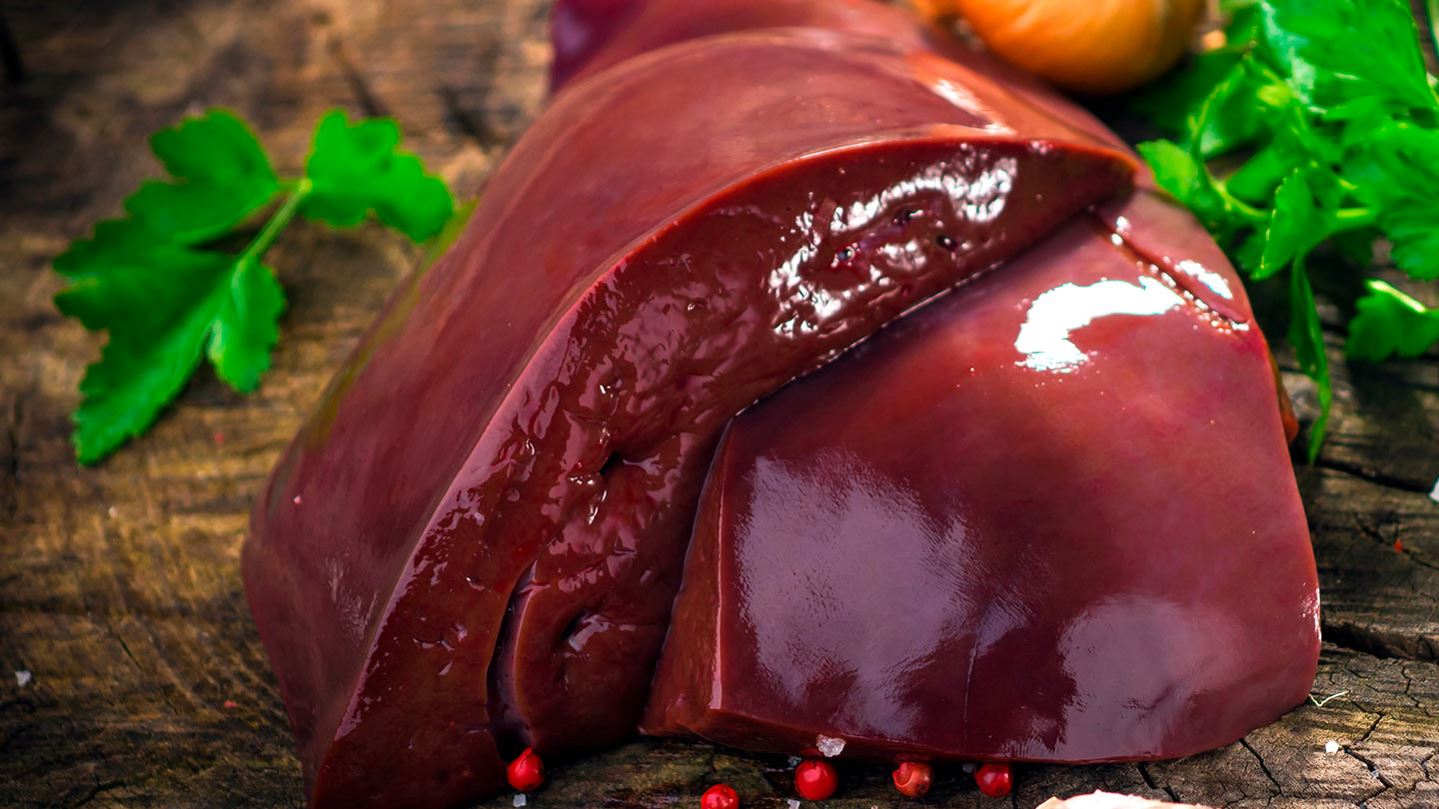
Raw Offal
MAP: A proven way to effectively extend the shelf life of your raw offal products.
Food items: Liver, Kidney, Heart, Sweet breads, Tongue, Tripe, Ox tail, Neck, Giblets, Foie gras, Feet or trotters, other items
Recommended gas mixtures
80% O₂
20% CO₂
The gases and mixtures listed above are for general guidance. To identify the optimum gas for your product and process, we recommend you undertake a product trial, with the help of an Air Products MAP gas specialist.
Storage temperature
Legal maximum*: 8° C
Recommended: -1° C to + 2° C
Principle spoilage organisms and mechanics
Pseudomonas species (in air), Brochothrix species, Lactic acid bacteria, Micrococci, Enterobacteriaceae, yeasts and moulds.
Food poisoning hazards include
Clostridium species, Salmonella species, Staphylococcus aureus, Listeria monocytogenes, E.coli and E.coli 0175.
Typical MAP machines
Retail
- TFFS – Thermoform-fill-seal
- PTLF – Preformed tray and lidding film
- TWTFFS – Three web thermoform-fill-seal
Bulk
- VC – Vacuum chamber
- ST – Snorkel-type
Typical types of package
Retail: Tray and lidding film, Three web pack
Examples of typical MAP materials - PVC/PE
- APET/PE
- HDPE
- EPS/EVOH/PE
Lidding film: - PET/PE-EVOH-PE
- OPA/PE-EVOH-PE
- OPP/PE-EVOH-PE
The two principal spoilage mechanisms affecting the shelf-life of raw offal are microbial growth and oxidation of the red pigment to its brown oxidised form. For this reason, high concentrations of O₂ are necessary for the MAP of raw offal in order to maintain the desirable red colour for a longer period.
Aerobic spoilage bacteria, such as Pseudomonas species, which are normally predominant on raw offal are inhibited by CO₂. Consequently, to create the dual effect of red colour stability and microbial inhibition, a gas mixture containing 20% CO₂ and 80% O₂ is recommended for extending the chilled shelf-life of raw offal from 2-6 days to 4-8 days. A gas/product ratio of 2:1 is recommended.
Many types of raw offal particularly liver, kidney, brain, foie gras, giblets and sweetbreads, tend to suffer from excessive drip, especially in the presence of CO₂, and thus only a maximum of 20% CO₂ should be used. The potential problem of excessive drip can be controlled by using the retail three-web pack.
The maintenance of recommended chilled temperatures and good hygiene and handling throughout the butchery, MAP, distribution and retail chain is also of vital importance in ensuring the safety and extended shelf-life of raw offal products. Raw offal provides an ideal medium for the growth of a wide range of spoilage and food poisoning micro-organisms. It should be noted that raw offal products are subsequently cooked before consumption and thorough heating is sufficient to kill the vegetative cells of food poisoning bacteria. Consequently, the risk of food poisoning is greatly minimised by proper cooking.